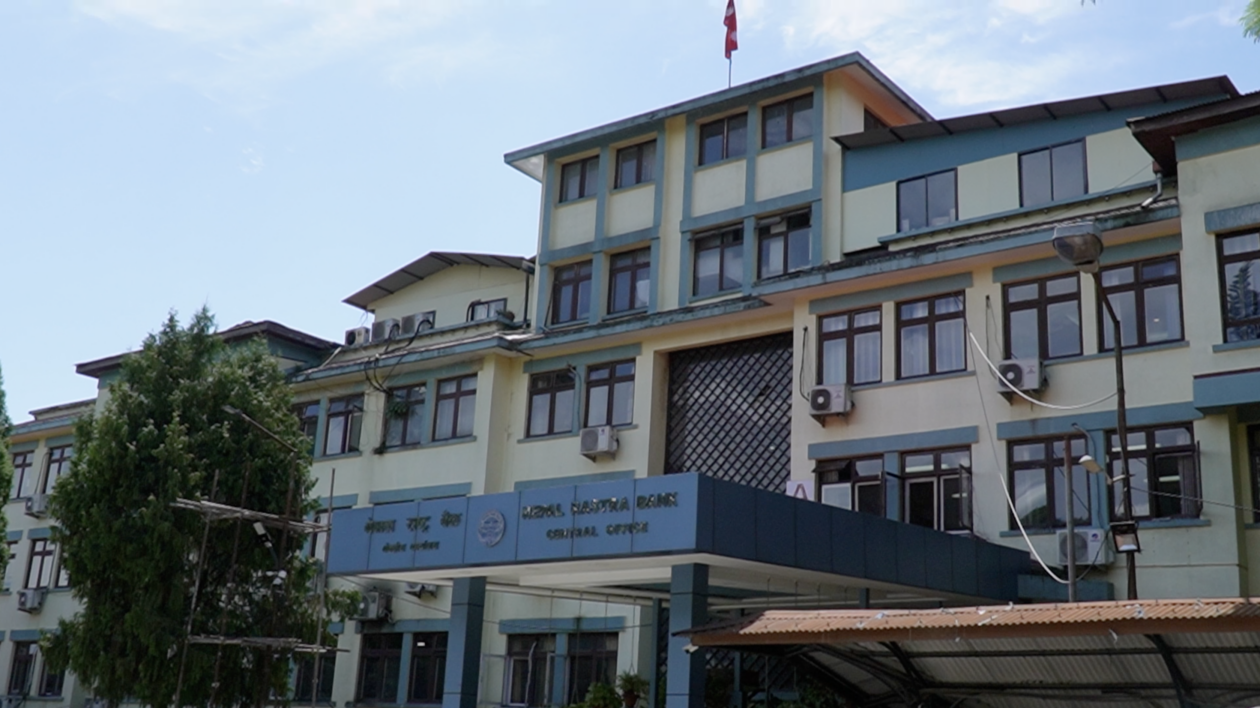Nepal Rastra Bank (NRB), the South Asian nation’s central bank, revealed in August 2022 its intentions to develop a central bank digital currency (CBDC). Concurrently, the NRB appealed to the nation’s legislators to amend the Nepal Rastra Bank Act, which traditionally governs the issuance of tangible currency, to incorporate provisions for digital currency issuance.
Since September 2021, the NRB has outlawed the use of crypto trading and mining in the country. Nepalese residents have been urged to refrain from participating in any cryptocurrency-related activities, as they would face legal consequences if caught.
Forkast’s Jenny Ortiz-Bolivar spoke with Nepal Rastra Bank spokesperson Gunakar Bhatta about the latest developments surrounding the digital Nepalese rupee, the country’s stance on cryptocurrency bans, and perspectives on stablecoins.
See related article: IMF says common global CBDC platform, rules needed for international transactions: Reuters
The following Q&A has been edited for clarity and length.

Jenny Ortiz-Bolivar: In August 2022, the Nepal Rastra Bank announced its intentions to develop a central bank digital currency, or CBDC. Can you tell us about the latest developments on this?
Gunakar Bhatta: We are in the initial phase of the study. That means once the study comes out, maybe after a year or two, because there are certain steps, there are certain modalities, and whether they could be feasible for our country or not. But so far, we are not behind.
We are also collaborating with other countries and global institutions, particularly with the Bank for International Settlements. We are supposed to get some technical assistance from other international agencies. Also, we are asking for some of the technical assistance in this matter. Once we conduct a study, we’ll have a complete idea, a clear picture, of what will be the next road ahead.
Ortiz-Bolivar: Are you looking into a wholesale or retail CBDC?
Bhatta: Initially, there could be the possibility that wholesale CBDC might be used but it depends upon the recommendations of the institution.
Ortiz-Bolivar: What are your views about China and India’s digital currencies?
Bhatta: Our big neighboring countries, the large economies, are still doing pilots which means they are still in the study phase. We’ll have to learn lessons from other countries that are similar to the size of Nepal’s economy, demography, and technical know-how. It’s impressive to know that our two large neighbors are working hard in pushing CBDCs but I’m not sure whether CBDCs will be perfectly and widely used even in those countries.
Ortiz-Bolivar: At the moment, Nepal’s law only gives the central bank powers to issue banknotes and coins. Is an amendment bill already in place that will authorize the central bank to issue a CBDC?
Bhatta: We are in the process of the amendment of our acts, particularly the Central Bank Act which we call the Nepal Rastra Bank Act. Similarly, the Banks and Financial Institutions Act is commonly termed as BFIA. Once these two acts are amended, there will be room for a CBDC.
The fundamentals for a CBDC is a change in the legal structure. Once the legal amendment about the concerned laws takes place, then we’ll have a better understanding and we’ll have better scope.
Ortiz-Bolivar: Other countries used CBDC for cross-border transactions. Do you see this happening as well for Nepal? If so, what countries are you looking at to test this with?
Bhatta: From our macroeconomic situation, from our trade situation, we have the trade concentration with our two large neighbors.
Ortiz-Bolivar: So, a possible coordination with China and India?
Bhatta: Yes.
Ortiz-Bolivar: I want to talk about cryptocurrency now. Digital assets are banned in Nepal. Why?
Bhatta: Even in some other countries, cryptocurrency is not allowed. In Nepal, we are in a very peculiar situation. The special feature of our economy is that we largely rely on imports which is very high compared to exports. Similarly, the economy depends on remittances. We have a kind of pegged exchange rate regime, so from different policies, from different strategies, we have moved ahead. The economy is managed.
Macroeconomic management is a challenging task in Nepal. It’s not easy because we are between two giant emerging economies and several people from Nepal go abroad for studies and work. If we allow cryptocurrency, then there might be the challenge of some of the capital flight and more speculation. Whether our economy can manage that from the macroeconomic perspective, these questions are there.
Ortiz-Bolivar: How about stablecoins – the cryptocurrency pegged to another currency commodity or financial instrument? What’s the stance of the central bank when it comes to this digital asset?
Bhatta: Since cryptocurrency is banned in Nepal, there is no thought about any other type of digital assets.
See related article: G7 plans to help developing countries introduce CBDCs
(Updates headline to clarify central bank’s CBDC timeframe)






